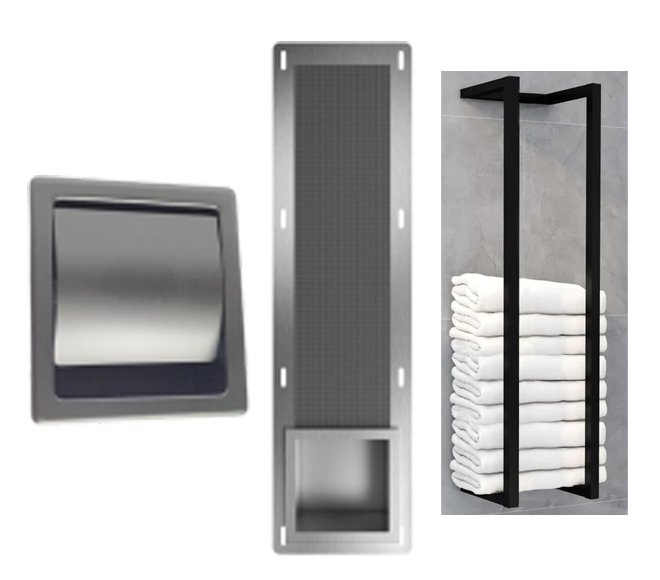When sourcing sinks for commercial kitchens, hospitality projects, or premium residential developments, choosing the right grade of stainless steel is critical for ensuring durability, corrosion resistance, and long-term aesthetics. In this article, we explore the most reliable stainless steel grades for sinks and discuss how material composition, thickness, and surface treatment impact performance. Why Choose Stainless Steel? | Understanding Stainless Steel Grades | Advantages of SUS 304 | Alternative Grades | Conclusion
Why Choose Stainless Steel for Sinks?
Stainless steel sinks have become a preferred choice across commercial and residential applications due to their exceptional corrosion resistance, ease of maintenance, and hygienic surface properties. Particularly in Europe, where design and functionality are both valued, stainless steel offers a timeless appearance that integrates seamlessly with modern and industrial-style kitchens. Additionally, its non-porous surface reduces bacterial buildup, which is critical for food service environments and high-use areas.
Understanding Stainless Steel Grades
The grade of stainless steel refers to its alloy composition, which directly affects its resistance to corrosion, staining, and mechanical stress. The most common grades used in sink manufacturing include SUS 201, SUS 304, and occasionally SUS 316. However, not all grades are suitable for demanding environments.
SUS 201 is a lower-cost option with reduced nickel content, making it less corrosion resistant and more prone to rust in aggressive conditions. In contrast, SUS 316, containing molybdenum, offers higher corrosion resistance but is typically reserved for specialized laboratory or marine environments due to its higher cost.

Advantages of SUS 304 — The Preferred Choice
For most commercial and residential applications, SUS 304 stainless steel is the best grade. This alloy contains 18% chromium and 8% nickel, providing an excellent balance of strength and corrosion resistance. Évier Inox Sur Mesure solutions from madesink.com use SUS 304 in flagship models such as the TGR-FS3021 Apron Front sink and TGR-DR3219 double bowl sink, each featuring a robust 3+1.2 mm thickness for superior impact and scratch resistance.
Moreover, these sinks are available with advanced finishes like brushed, matte black, or nano coatings, further enhancing their durability and ease of maintenance. The R0 to R15 corner radii options also improve cleanability and reduce weak points that could lead to long-term surface wear.
Alternative Grades and Considerations
While SUS 316 is theoretically superior in corrosion resistance due to its molybdenum content, it is rarely necessary for kitchen environments and results in significantly higher costs. SUS 201, on the other hand, may appear more economical but often leads to maintenance issues and shorter service life, especially in humid or coastal areas.
When evaluating grade options, it is essential to consider the operational environment, maintenance expectations, and required lifespan. Investing in higher-grade material like SUS 304 ensures reduced long-term costs and better user satisfaction, especially in commercial settings where sinks undergo continuous heavy use.
Conclusion: Choose SUS 304 for Optimal Performance
In summary, the best grade of stainless steel sink for most applications is SUS 304 due to its excellent corrosion resistance, structural integrity, and adaptability to various surface treatments. Whether for commercial catering facilities, residential kitchens, or hospitality projects, SUS 304 offers a long-lasting solution that balances performance with aesthetic value.
Explore our range of Éviers commerciaux sur mesure and Custom Sink Accessories to enhance your project’s quality and longevity.







